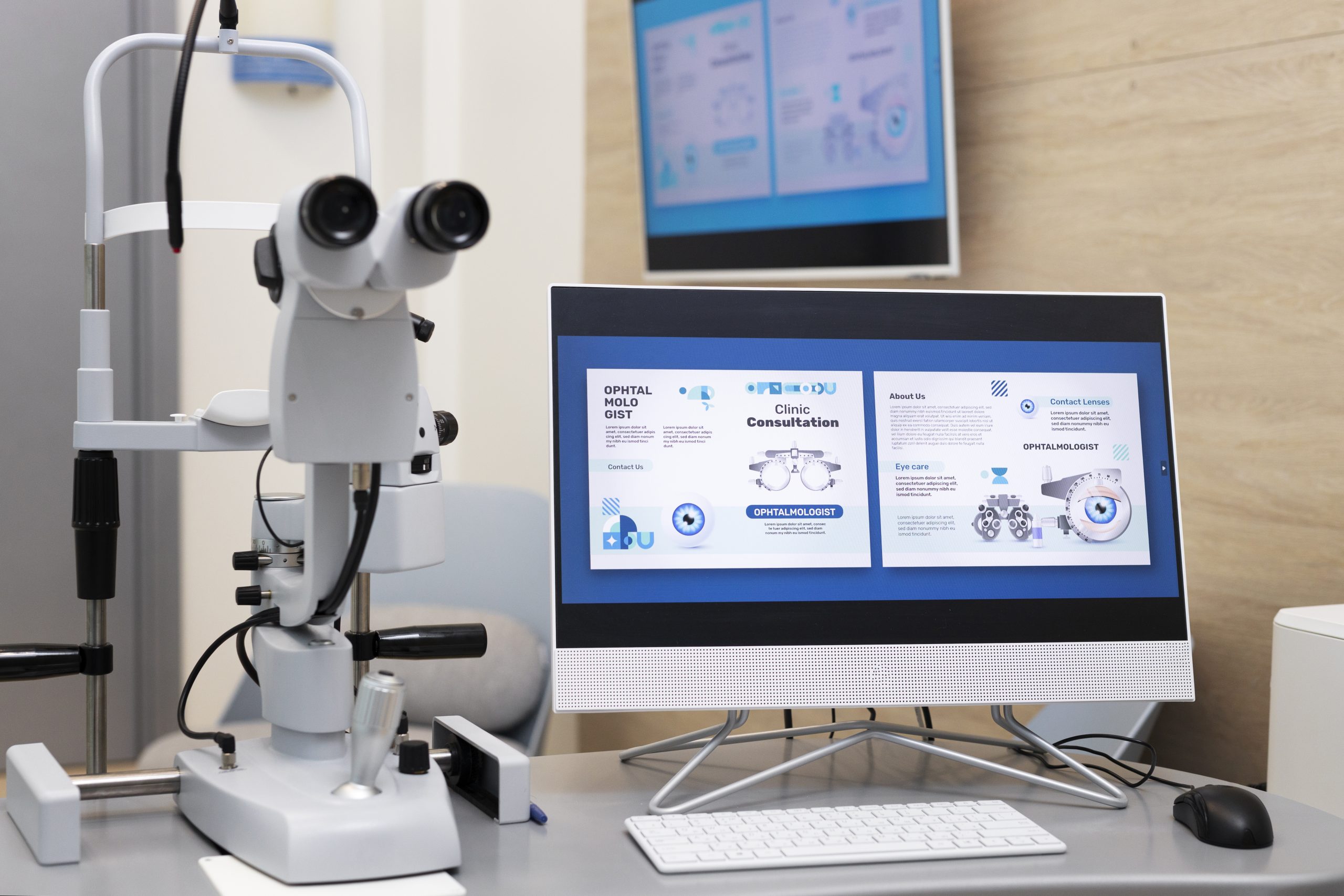
Table of Contents
Introduction
Understanding ART Banks
Why ART Banks Are Critical in Fertility Treatment
Challenges Faced by ART Banks
How Digital Tools Enhance ART Bank Operations
Key Capabilities of Digital Solutions for ART Banks
Real-World Applications in ART Banking
Client Testimonial
FAQs
Conclusion
Introduction
Assisted Reproductive Technology (ART) has revolutionized fertility care and ART banks play a foundational role in this process. As demand for egg, sperm, and embryo donation grows, managing these biological assets securely and compliantly becomes critical. This is where digital tools are transforming how ART banks operate, bringing efficiency, traceability and accuracy into day-to-day processes.
Understanding ART Banks
An ART bank is a specialized facility that stores and manages donor gametes (sperm and eggs), embryos, and related data. These institutions ensure high-quality samples, maintain regulatory documentation and facilitate donor-recipient matching while protecting confidentiality. ART banks must meet rigorous legal, ethical and scientific standards, making operational precision non-negotiable.
ART banking, short for Assisted Reproductive Technology banking, refers to the process of securely collecting, storing and managing reproductive materials such as eggs, sperm and embryos. This system forms the backbone of assisted reproductive technology programs, ensuring that every ART donor bank follows standardized safety and quality procedures.
In today’s fertility ecosystem, ART banking isn’t limited to storage, it integrates digital documentation, regulatory compliance and transparent communication between fertility clinics, patients and donors. Whether it’s which ART banking solution to choose or how to maintain compliance across branches, digital systems now play a vital role in optimizing every aspect of reproductive asset management.
Why ART Banks Are Critical in Fertility Treatment
ART banks are vital to IVF success. They bridge the gap between donors and hopeful parents by providing:
- Verified, screened donor profiles
- Cryopreservation and long-term storage
- Legal and ethical documentation
- Coordination with fertility clinics and recipients
Without ART banks, safe and regulated access to third-party reproduction services would be nearly impossible.
Challenges Faced by ART Banks
As more clinics adopt assisted reproductive technology, ART donor banks must also evolve. Digital transformation enables these banks to handle thousands of donor records efficiently and securely, maintaining compliance while improving accessibility. This modernization defines the future of ART banking, smart, safe and fully data-driven.
Despite their importance, ART banks face several operational difficulties:
- Managing large volumes of donor and recipient data
- Ensuring compliance with international regulations (like ICMR, GDPR, HIPAA)
- Tracking sample location, condition, and usage history
- Maintaining confidentiality across distributed teams
- Generating accurate reports for audits and inspections
Manual or outdated systems often lead to inefficiencies or errors, which can compromise patient trust and legal standing.
How Digital Tools Enhance ART Bank Operations
Modern ART banks are adopting IVF software and digital platforms to overcome legacy challenges. These tools offer streamlined donor tracking, real-time inventory visibility and automated compliance documentation. They reduce manual workload, eliminate duplicate entries and ensure that every sample—from collection to usage—is traceable and well-documented.
“Digitization allows ART banks to focus on what matters most: patient care and compliance. It simplifies the most complex parts of our work.”
— Anjali Mehra, ART Bank Coordinator, Mumbai
Key Capabilities of Digital Solutions for ART Banks
Digital tools designed for ART banks often include:
- Donor Management: Secure handling of donor profiles, consents, health history, and screening reports.
- Sample Tracking: Real-time status updates and location mapping of stored samples.
- Chain of Custody: End-to-end audit trail for each sample, including who accessed it and when.
- Compliance Automation: Auto-reminders for renewals, alerts for expired documentation, and ready-to-export regulatory reports.
- Integrated Communication: Built-in coordination tools between embryologists, counselors and legal teams.
These features not only improve operational accuracy but also boost transparency and security.
Real-World Applications in ART Banking
Here’s how digital tools improve ART banking in practice:
| Function | Traditional Method | Digital Method |
|---|---|---|
| Donor Screening | Manual entry in spreadsheets | Auto-filled digital profiles with uploads |
| Sample Tracking | Paper logs & labels | Barcode/RFID scanning with dashboards |
| Compliance Checks | Annual manual audits | Live compliance dashboards |
| Communication | Email threads, phone calls | In-app messaging & task alerts |
| Record Retrieval | Physical files | Instant search-based access |
Client Testimonial
“We adopted a digital system for our ART bank operations six months ago, and it’s been a game changer. Traceability has improved, errors are down, and compliance reporting is almost effortless.”
— Dr. Ravinder Singh, Head of Reproductive Medicine, LifeBloom Fertility Lab
FAQs
What is the primary function of an ART bank?
To store and manage donor sperm, egg, and embryos for fertility treatments.
How do digital platforms benefit ART banks?
They automate tracking, improve data accuracy and ensure compliance with regulations.
Are digital tools secure for donor data?
Yes, most are encrypted and meet global privacy standards like HIPAA and GDPR.
Can ART banks use digital systems to share data with clinics?
Yes, many platforms offer integrated clinic access with role-based permissions.
Do these tools replace human oversight?
No. They support and enhance human decisions, but trained professionals still manage operations.
Conclusion
ART banks are essential for the success of fertility treatments and digital tools help ensure these banks operate with accuracy, compliance and efficiency. By automating core functions and improving visibility, clinics can offer better outcomes and peace of mind to both donors and recipients. Solutions like Vitrify are designed to support ART banks with secure, streamlined and regulation-ready digital systems.
When discussing what ART bank systems truly offer, it’s not just about storage—it’s about lifecycle management. From donor selection to post-treatment reporting, ART banking connects every point of the assisted reproduction journey. Clinics choosing to digitize their ART donor bank operations can reduce administrative overhead, improve compliance and ensure better outcomes for patients worldwide.